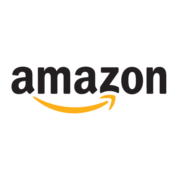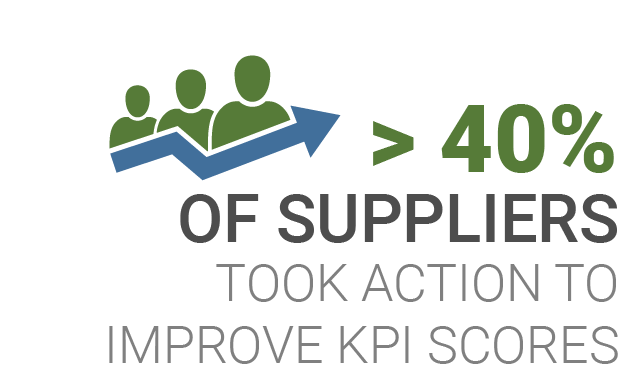CASE STUDIES
Introductory Quiz
“Hotspots” are activities in the product life cycle that cause social or environmental impact. How many different types of hotspots exist across the supply chains of consumer goods?
Correct answer: To date, TSC has identified 140 hotspots that occur throughout the life cycles of tens of thousands of consumer goods products. This equates to more than 90% of impacts in the industry. These hotspots can occur in multiple life cycle stages within the same supply chain and across different products. For example, food waste generation can occur on the farm, at distribution, during processing or manufacturing, at the retail operations, or once in the hands of consumers. Another example is the worst form of child labor, which can exist in aquaculture, fishing and forestry operations, manufacturing, processing, and on farms globally.
In order to increase visibility in supply chains, the industry is coming together to both create efficiencies and pinpoint processes associated with negative environmental and social impacts. Retailers sell tens of thousands of different products and at least 140 different types of hotspots exist in the production of those products. There is an imperative for retailers to holistically assess their products’ supply chains and be able to prioritize action on the most relevant issues for their sustainability strategy.
Additionally, while retailers often source from overlapping suppliers, not all retail operations are created equal. Some retailers have positioned themselves to build robust sustainability teams and others see it more fitting to integrate sustainability into existing departments. These differences require an assessment system that can be tailored to fit any retailer’s business needs while maintaining consistency in how suppliers report their sustainability performance.
TSC has created a science-based, multi-stakeholder informed solution to address the sustainability complexities of consumer goods. Currently, more than a dozen retailers across the globe are using or referencing TSC research and tools. The impact? Retailers selling more than $200 billion worth of consumer goods sales have visibility into hotpots in their supply chains and the ability to drive improvements on those hotspots. When you look “under the hood”, these retailers are taking different approaches to their utilization of TSC content. Yet suppliers are able to now measure and report their sustainability performance through the same lens across these retail customers.
At scale, Walmart and Sam’s Club are gearing up for another year of working with more than 2,000 of their suppliers to achieve their sustainability goals and targets.
Amazon launched Amazon Fresh in the U.K. in 2016 using TSC’s supplier survey methodology.
Because of the success of The Dutch Alliance for Sustainable Food, retailers active in the Dutch food industry have a goal to make food sold in the Netherlands more sustainable.
TSC is seeing an increase in supplier overlap as more retailers utilize TSC Toolkits to assess their suppliers, prioritize issues, and inform and measure progress on sustainability strategies. Leaders in responding to KPIs are becoming more vocal on the business benefits of reducing the impacts of these activities in their supply chains.
Suppliers beginning their sustainability journeys are laying the groundwork necessary to take action in their supply chains, such as developing internal systems for collecting data and communicating the importance of sustainability internally. Learn more about suppliers taking action from our Customer Satisfaction Survey case study.
Through our help desk during and post-survey periods, we see an increase in the demand for sustainability consulting services. To respond to this demand and further enable suppliers to access expertise in the hotspots where they want to reduce their impact, we are now training service providers in the methodology and reporting of TSC Toolkits. Suppliers can easily connect with these TSC trained service providers to review their scorecards and formulate a plan of action to begin reporting progress to their retail customers.







